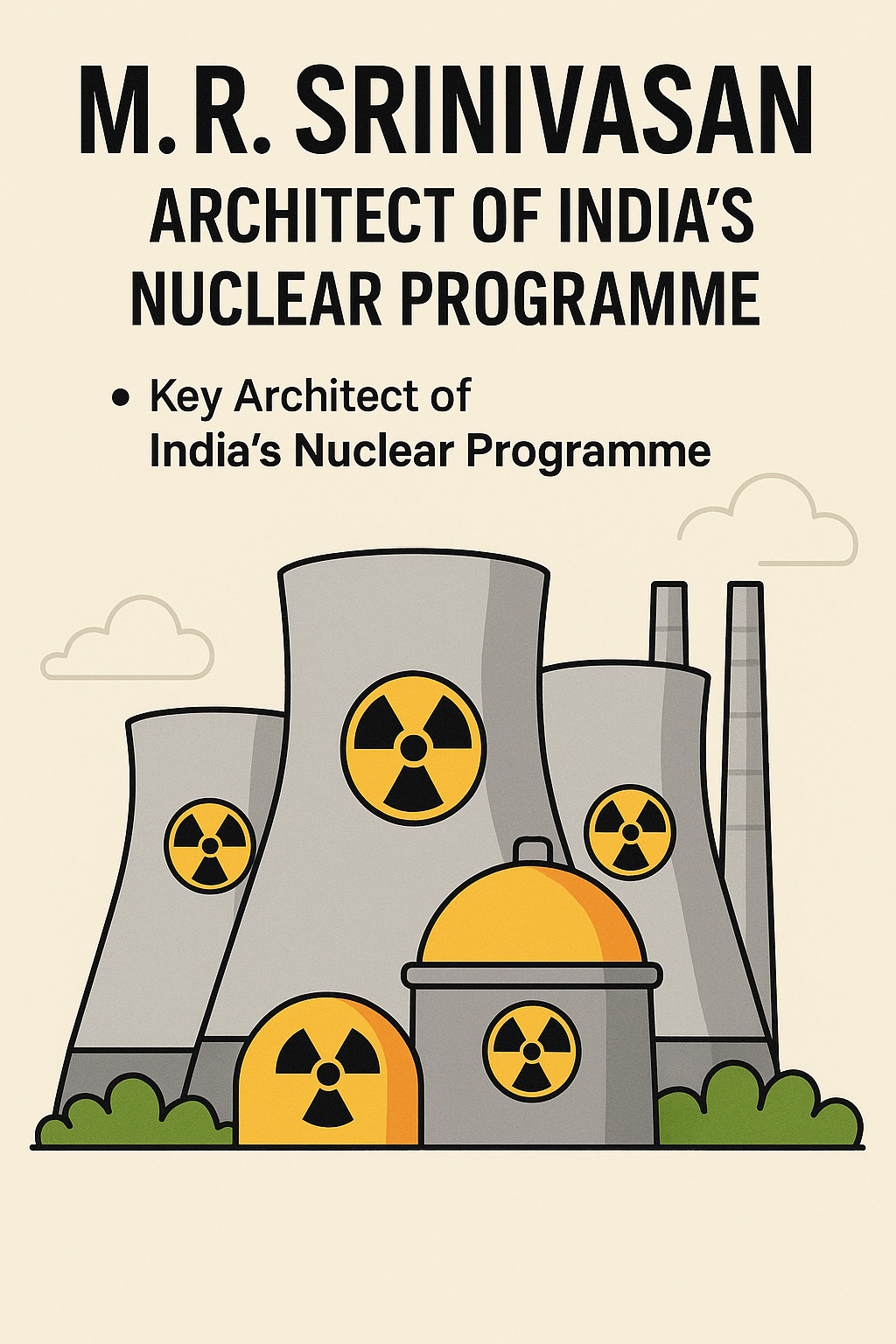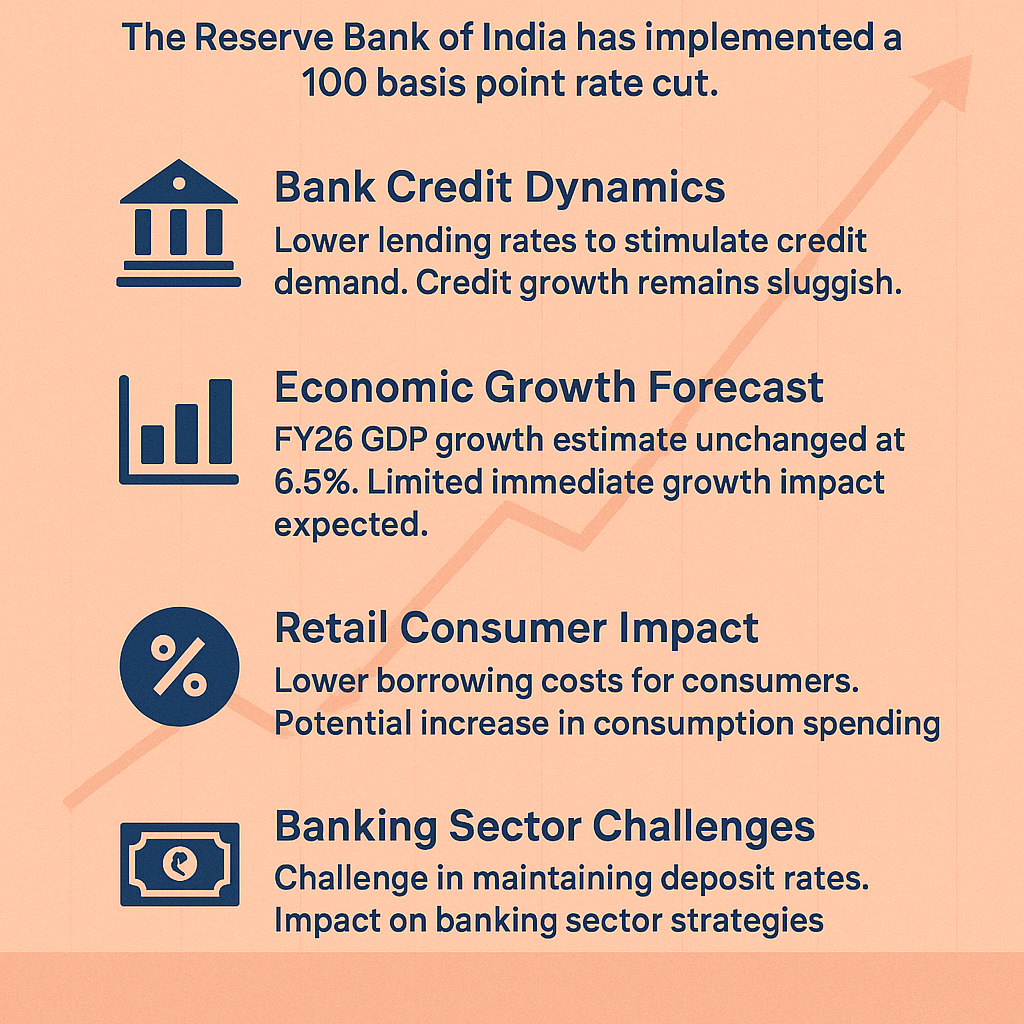
India’s Breakthrough in Measuring Helium in the Sun’s Photosphere
India’s Breakthrough in Measuring Helium in the Sun’s Photosphere

🔭 NATIONAL
April 28, 2025
Thematic Focus: Astrophysics | Solar Science | GS Paper 3 – Science & Tech
🕊️ Intro Whisper:
The light we see from the sun carries not just warmth — but the fingerprint of the universe’s second-born.
🔹 Key Highlights: India’s Breakthrough in Measuring Helium in the Sun’s Photosphere
- Indian Institute of Astrophysics (IIA) conducted first direct estimation of helium abundance in the Sun’s photosphere.
- Prior to this, no helium spectral lines existed in the visible photosphere → reliance on indirect methods.
- Traditional techniques:
- Helioseismology
- Data extrapolated from hotter stars or the solar corona
- New Method:
- Used spectral lines of neutral magnesium and carbon
- Combined with hydrogenated molecular analysis
- Finding:
- Helium-to-hydrogen ratio ~0.1, consistent with helioseismic models
- Confirms helium’s influence on solar opacity, which governs solar heat/light emission
- Historical Context:
- Helium’s spectral line first observed during 1868 solar eclipse
- Named after the Greek word Helios (Sun)
- Applications of Helium:
- MRI scanners
- Cryogenic systems
- Semiconductor manufacturing
- Space exploration & industrial uses
🧭 Concept Explainer:
Helium, though second in cosmic abundance, is notoriously hard to detect in the Sun’s outer layers. This breakthrough allows us to directly decode solar opacity, a key in understanding solar radiation transport, climate patterns, and even space weather forecasting.
The study also demonstrates India’s rising capability in high-precision solar spectroscopy, positioning it at the frontlines of astrophysical research.
🧾 GS Mapping:
- GS Paper 3: Space & Astrophysics | Scientific Research | Energy & Climate Linkages
- GS Paper 1 (Optional): History of Science | Earth–Sun Interactions
💠 A Thought Spark — by IAS Monk:
“Even in the brightest flame, there are hidden whispers — helium is one such silence, now heard.”


















